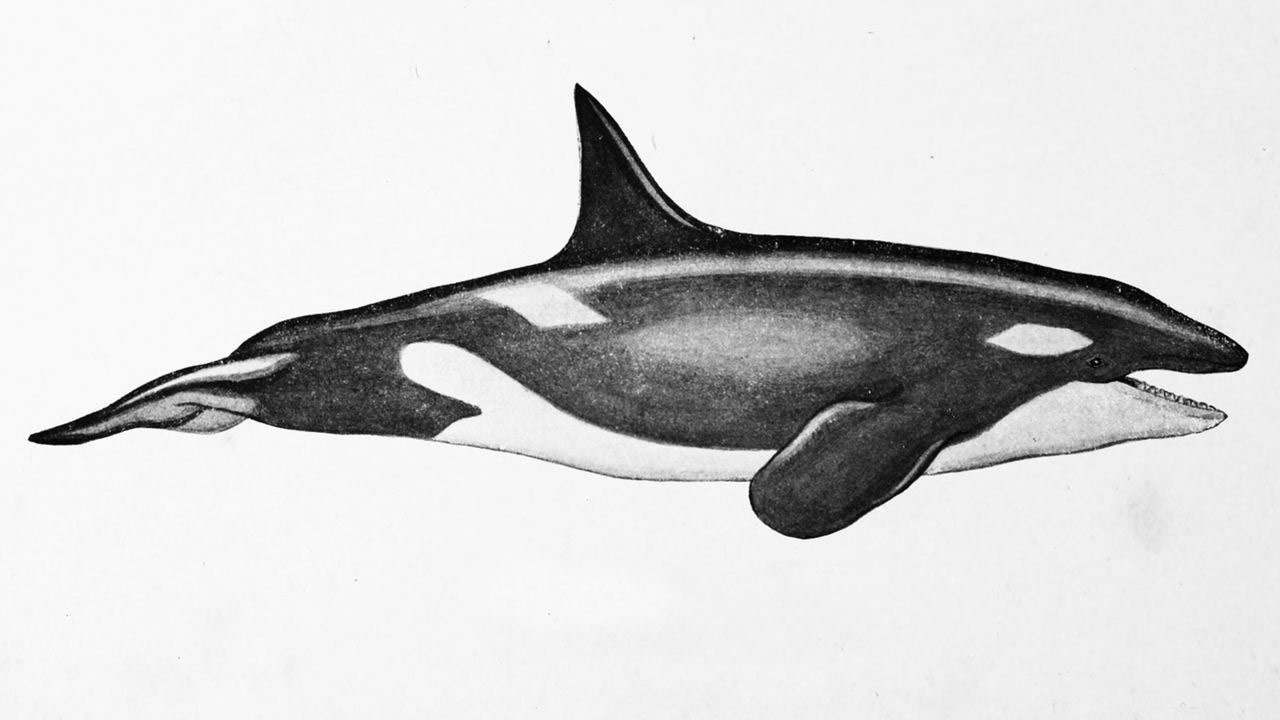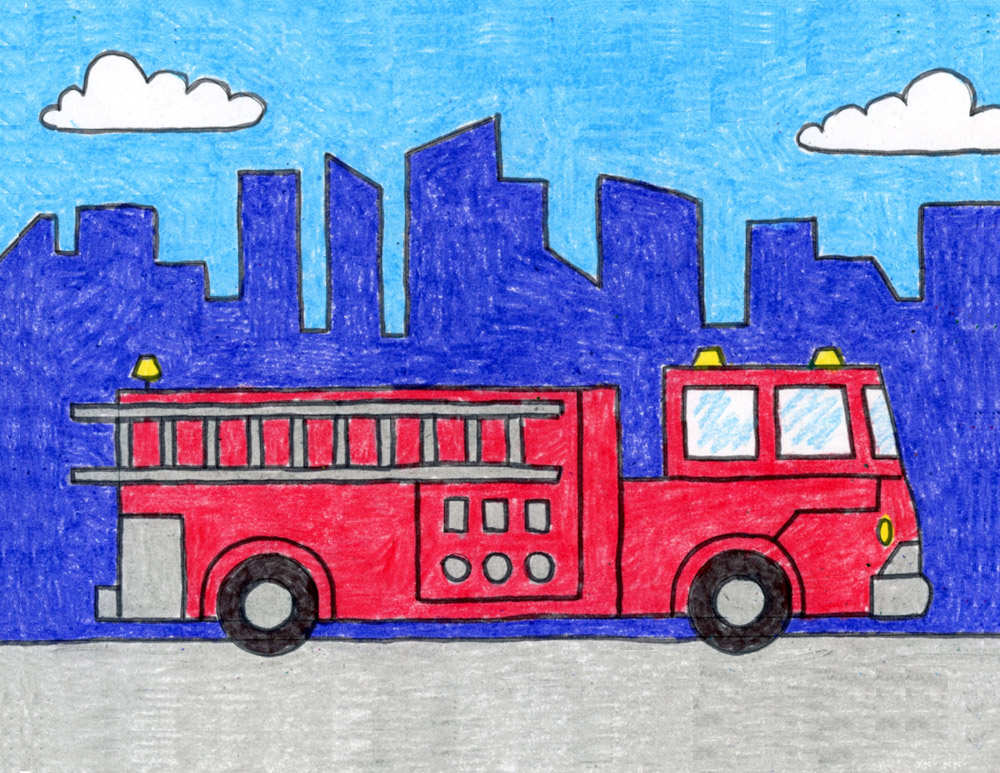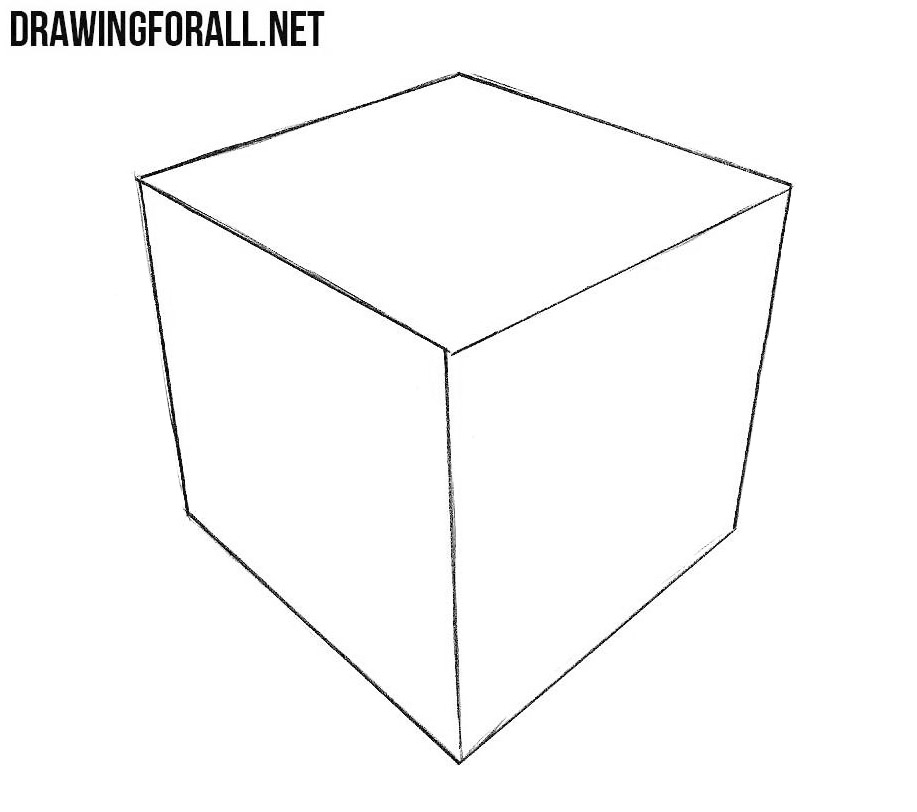How to start drawing graphic illustration
Table of Contents
Table of Contents
If you’ve ever wanted to start drawing, but felt intimidated or unsure of where to begin, you’re not alone. Whether you’re looking to improve your sketching skills or wanting to explore a new creative outlet, learning how to start drawing can be a fulfilling and rewarding experience. In this post, we’ll share some tips and insights on how to take the first steps towards becoming an artist.
The Challenges of Starting to Draw
Starting to draw can feel daunting, especially if you’re not familiar with the techniques and tools involved. Some of the common challenges beginners face include:
- Feeling that their drawings don’t look realistic or accurate
- Struggling to come up with ideas and inspiration for what to draw
- Not knowing which materials to use or how to use them
- Being too self-critical or afraid of making mistakes
However, it’s important to remember that these challenges are normal and can be overcome with practice and patience. Anyone can learn how to draw, regardless of previous experience or talent.
How to Start Drawing: Tips and Tricks
Here are some tips to help you get started with drawing:
- Invest in basic materials: All you really need to start drawing is a pencil and some paper. As you progress, you may want to experiment with different types of pencils, erasers, and drawing surfaces.
- Start with simple subjects: Don’t put too much pressure on yourself to create a masterpiece right away. Start by practicing basic shapes and lines, or drawing objects that are easy to replicate, such as fruit or household items.
- Draw what you love: One of the best ways to stay motivated and inspired is to draw subjects that you’re passionate about. Whether it’s animals, landscapes, or portraits, choose subjects that you find interesting.
- Practice regularly: Consistency is key when it comes to improving your drawing skills. Try to set aside a specific time each day or week to practice, even if it’s just for a few minutes at a time.
With these tips in mind, you’ll be on your way to creating your own unique style and building your confidence as an artist.
The Power of Learning from Others
Another valuable tool for those looking to start drawing is to learn from others who have experience and expertise in the craft. This could mean taking a class or workshop, attending a drawing group, or even watching online tutorials.
One of the best ways to learn is through observation and imitation. Find artists or drawings you admire and try to replicate their techniques or styles. Don’t worry about “copying” - this is a common practice among artists as a means of learning and growing.
Overcoming Common Obstacles
As you continue to practice and hone your skills, you may encounter certain obstacles that can be discouraging. These could include:
- Feeling like you’re not improving fast enough
- Becoming bored or frustrated with certain subjects or techniques
- Comparing yourself to others and feeling inadequate
Remember, all artists face these obstacles at some point. The key is to stay motivated, stay positive, and keep practicing. Celebrate your progress, no matter how small, and don’t be afraid to experiment and try new things.
Final Thoughts on Starting to Draw
Learning how to start drawing can be a fun and fulfilling journey. By investing in basic materials, practicing regularly, and learning from others, you can overcome common challenges and develop your own unique style. Don’t be discouraged by setbacks or obstacles - every artist has to start somewhere.
Personal Experience with Starting to Draw
When I first started drawing, I was intimidated by the multitude of techniques and mediums available. However, I found that starting with simple subjects, such as still lifes and basic shapes, helped me to build my skills and confidence. I also found inspiration in observing the work of other artists, and experimenting with different pencils and papers helped me find my preferred style. With each drawing, I feel myself improving and becoming more comfortable with the process.
Question and Answer Section
Q: Can anyone learn how to draw?
A: Absolutely! While some people may have a natural talent for drawing, anyone can learn the techniques and skills involved with practice and dedication.
Q: What materials do I need to start drawing?
A: All you really need is a pencil and some paper, but as you progress, you may want to experiment with different types of pencils, erasers, and drawing surfaces.
Q: How often should I practice drawing?
A: The key is to practice regularly, even if it’s just for a few minutes at a time. Try to set aside a specific time each day or week to practice.
Q: Can I still improve my drawing skills even if I’m not a natural artist?
A: Absolutely! As with anything, practice and dedication are key to improving your skills.
Conclusion of How to Start Drawing
Learning how to start drawing can be challenging, but also incredibly rewarding. By investing in basic materials, practicing regularly, and learning from others, you can overcome common obstacles and develop your own unique style. Don’t be afraid to experiment and try new things, and remember to celebrate your progress along the way.
Gallery
Lesson 1: How To Start Drawing | How To Draw - Mueen Akhtar

Photo Credit by: bing.com / start drawing lesson
How To Start Drawing - Part 1 - YouTube

Photo Credit by: bing.com / draw drawing start part
Start Lettering Drawing Stock Vector Art & More Images Of Beginnings
Photo Credit by: bing.com / día
Start Drawing! - Art Starts

Photo Credit by: bing.com /
How To Start Drawing? Graphic Illustration | Adobe Photoshop | Siena
Photo Credit by: bing.com / start drawing graphic photoshop illustration draw skillshare adobe







